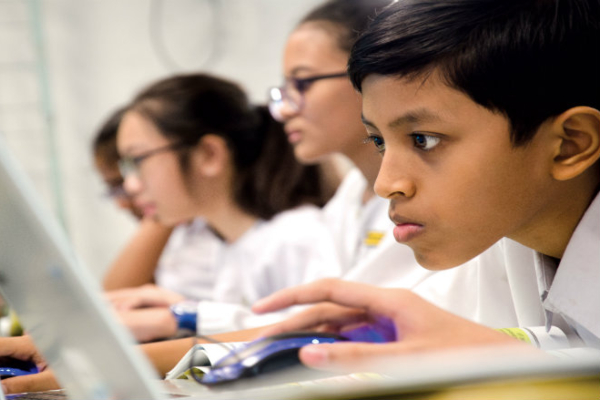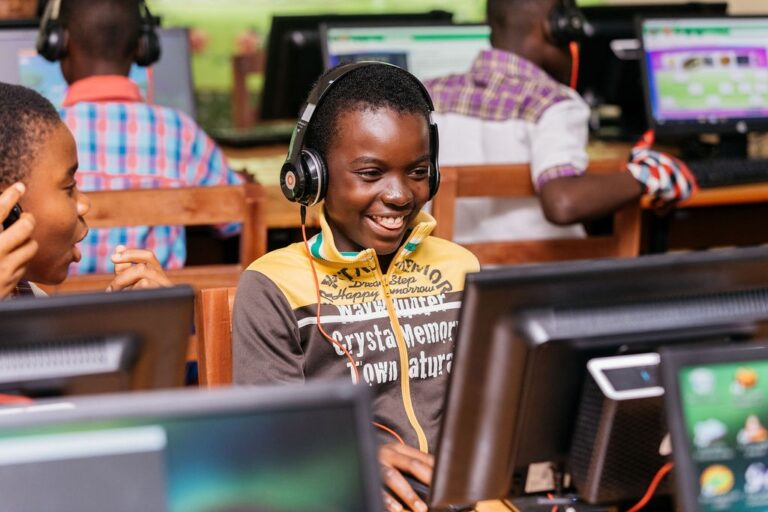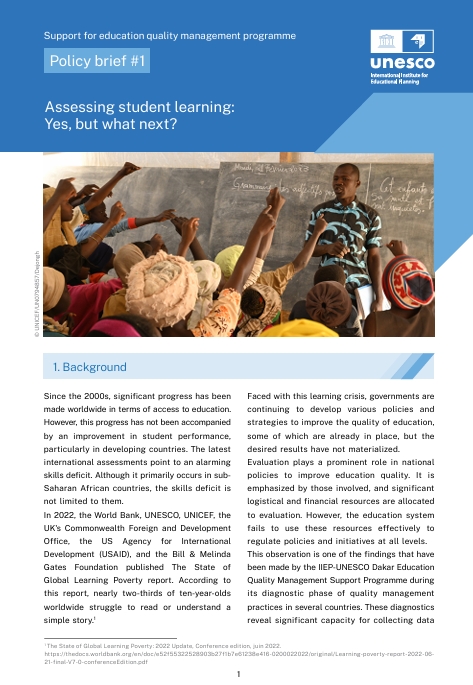The purpose of any education system is to equip learners with the ability to live a fulfilling and productive life. Currently, East Asia is home to seven of the top ten education systems in the world. Despite impressive achievements, these above-average performing systems are not resting on their accomplishments—they continue to deepen the quality of education, tying learning to new and emerging needs. Central to the region’s curriculum reform is a focus on teaching and measuring 21st century skills.
Among countries with the strongest education systems, attention is shifting from a uniform, teacher-centered, exam-oriented pedagogy towards diverse, student-centered learning pathways that aim to instill capabilities for lifelong learning. This shift represents an increased focus on 21st century skills under three categories: 1) Learning and Innovation, 2) Digital Literacies, and 3) Life and Career Skills.
In short, East Asia aspires for its students to know themselves, relate well with others and be worldly as well as think creatively and independently with a sea of ubiquitous knowledge at their fingertips.
Learning to learn: Curriculum for the 21st century
In Singapore, Japan, the Republic of Korea, and Hong Kong (China), 21st century curricular reforms are about doing education differently. Recognizing the fast-changing and increasingly knowledge-based global economy, they are placing more curricular emphasis on…
CONTINUE READING AT AUTHORS WEBSITE >>



![[Preliminary Report] CRNA Collaborative Research for Exploring Factors Nurturing"Happy and Resilient" Children among Asian Countries](https://equity-ed.net/wp-content/uploads/2024/09/1725672182698.jpg)


